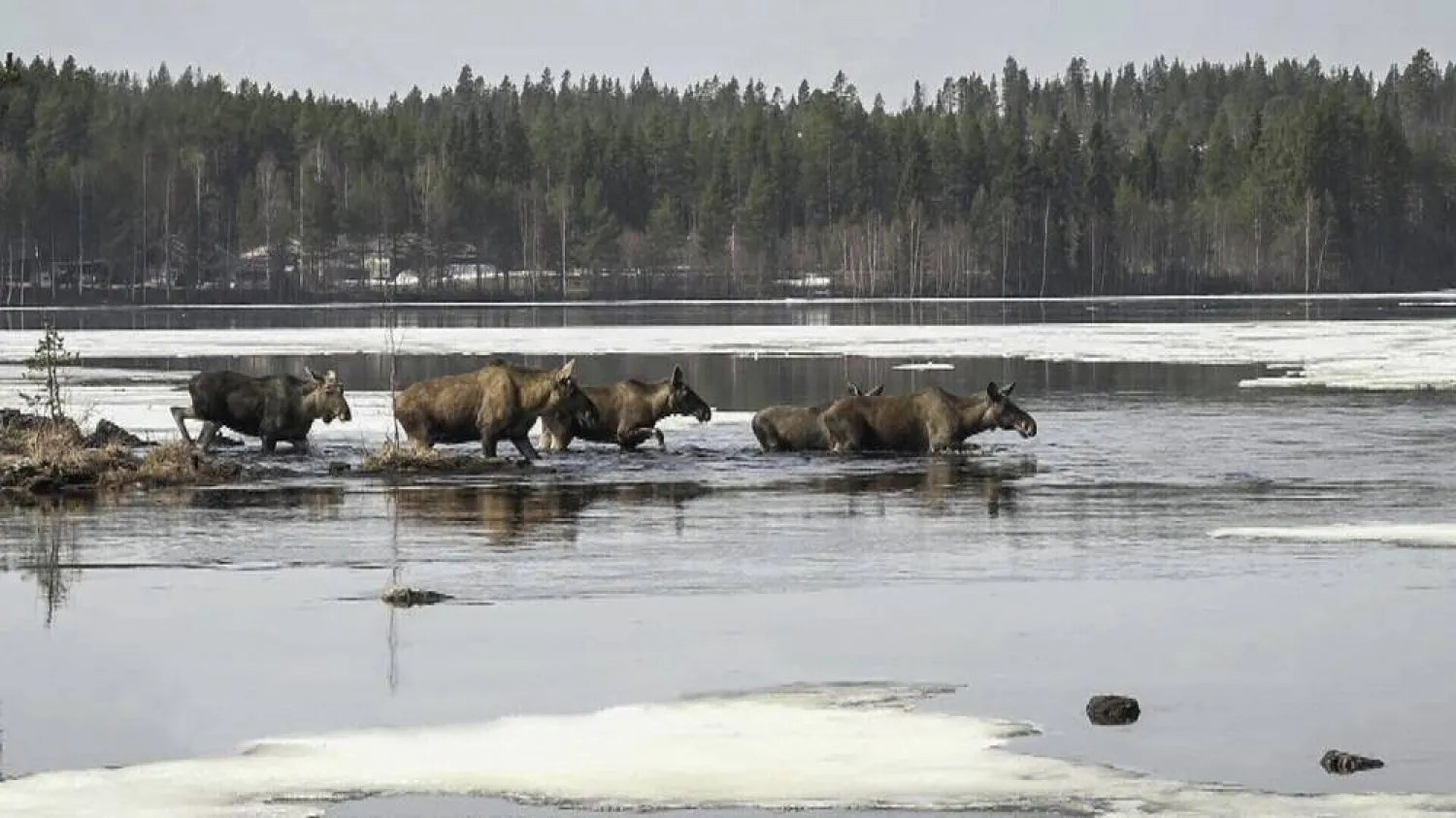Greek authorities reinforced firefighting forces in the northeastern part of the country Monday, where a massive deadly wildfire was burning for a 10th day with no signs of abating.
The fire in the Alexandroupolis and Evros areas near the Turkish border has been blamed for 20 of the 21 wildfire-related deaths in Greece last week.
The fire department said 474 firefighters, backed by 100 vehicles, seven planes and two helicopters were battling the flames. The forces included reinforcements from several European countries.
Authorities are investigating what sparked the blaze, which over the past week has decimated vast tracts of forest, scorched homes and triggered the evacuation of thousands of people. The bodies of 18 people were found in an area near the city of Alexandroupolis last Tuesday, while a body had been found in a forest in the region the previous day and another was found on Thursday.
The bodies are believed to be those of migrants who recently crossed the nearby border with Türkiye. Greece’s Disaster Victim Identification Unit has been activated to identify the remains. A man also died last week in a separate fire in central Greece, reportedly while trying to save his livestock from advancing flames.
The wildfire has scorched more than 77,000 hectares (190,000 acres) of land, the European Union’s Copernicus Emergency Management Service said Sunday, making it one of the largest single fires ever to have struck a European country.
Copernicus is the EU space program’s Earth observation component and uses satellite imagery to provide mapping data.
The situation at another major fire burning for days on Mount Parnitha on the northwestern fringes of Athens appeared significantly improved by Monday, although it was still not officially under control. The fire department said 260 firefighters backed by 77 vehicles, one plane and one helicopter were still fighting flare-ups in the fire which had burned homes and entered a national park that is one of the last green areas near the Greek capital.
Greece has been plagued by daily outbreaks of dozens of fires over the past week as gale-force winds and hot, dry summer conditions combined to whip up flames and hamper firefighting efforts.
Across the country, firefighters were battling 105 wildfires on Sunday, with 46 of them having broken out in the 24 hours between Saturday evening and Sunday evening, the fire department said.
Arson has been suspected in some of the blazes, with several people arrested.
Greece imposes wildfire prevention regulations, typically from the start of May to the end of October, limiting activities such as the burning of dried vegetation and the use of outdoor barbecues.
By Friday, fire department officials had arrested 163 people on fire-related charges since the start of the fire prevention season, government spokesman Pavlos Marinakis said, including 118 for negligence and 24 for deliberate arson. The police had made a further 18 arrests, he said.
With firefighting forces stretched to the limit, Greece has called for help from other European countries. Germany, Sweden, Croatia and Cyprus have sent aircraft, while dozens of Romanian, French, Czech, Bulgarian, Albanian, Slovak and Serb firefighters are helping on the ground.







